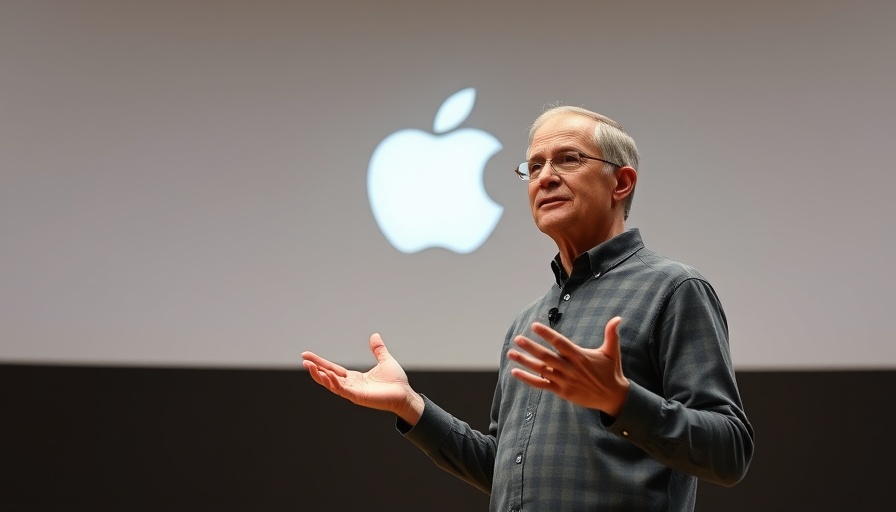
Apple and Starlink: Battling for Satellite Supremacy
The tug-of-war between tech giants Apple and SpaceX’s Starlink is heating up, as both companies vie for control over the satellite connectivity market. This battle represents more than just competition; it encompasses the future of mobile service and the elimination of dead zones that have plagued users for years.
The Roots of the Conflict
Initially, Apple aimed to leverage its partnership with Globalstar to expand satellite service availability, especially for texting and emergency communications. However, discussions between Apple and Starlink fell apart, leaving SpaceX poised to counter Apple's ambitions with its established satellite network. Each company needs radio frequencies to operate efficiently, and therein lies the crux of their contest: control over bandwidth can dictate which services become available to consumers.
Implications of Satellite Frequency Control
In an ecosystem where bandwidth is limited, competition translates to consumers' ability to access reliable service without interruptions. The more frequencies a single provider holds, the more expansive its service can be. For instance, with over 550 launched satellites, Starlink has a significant edge over Apple's nascent outreach. When one company monopolizes a sizable share of frequencies, it can lead to increased prices and limited options for consumers.
The Bigger Picture: Why This Matters
This feud represents a strategic maneuvering that could influence how mobile services, especially in rural areas, are delivered moving forward. If either company secures a majority hold on satellite communications, consumers may face higher costs and more dead zones. As data speeds slow due to overlapping frequencies, the promise of seamless communication could become a memory.
A Predictive Look: What Lies Ahead?
As both companies continue to jostle for position, the outcome could significantly impact not just consumers but also the technology landscape. If Apple successfully expands its satellite service, it could force Starlink to evolve its offerings or even strategically partner up. Additionally, this could reshape mobile services at large, leading to innovative offerings that cater to previously underserved populations.
Recent Developments in the Tech Wars
With SpaceX’s challenges to Apple’s expansion and the insufficient resolution of their negotiations, the stakes are high. The soothing sounds of cooperation have turned into one of jockeying strategies—likely pushing any technological breakthroughs further into the future. The breakdown of talks hints at a contentious path ahead, with both companies exploring legal avenues and regulatory submissions to further their causes.
For Consumers: Your Role in the Outcome
As an end-user, staying informed not only equips you to better understand the landscape but also prepares you to advocate for your connectivity needs. If you rely on mobile services for your daily interactions, recognizing how corporate battles can shape service availability is crucial.
This ongoing saga between Apple and Starlink underscores a significant technological race that will determine the next frontier in mobile service. As they navigate the complexities of frequency control and consumer demand, your awareness of these developments is essential. Keep an eye on how these dueling giants adjust their strategies and what that means for you.
 Add Row
Add Row  Add
Add 




Write A Comment